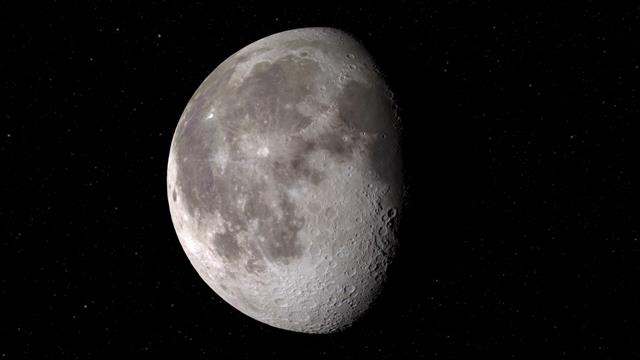
Regardless, filmmaking technology evolved with the Lumiere Brothers’ Cinématographe which freed filmmakers from the confines of the studio and allowed for on location shooting (Thompson & Bordwell 8-9). While it is true that primitive technology did limit these small-scale productions, which, according to Thompson and Bordwell, “lasted only twenty seconds or so – the longest run of film that the Kinetoscope could hold” (7), advanced technology would not necessarily have improved them, for their simplistic nature did not call for it. The early films of Edison and Dickson were simple, short glimpses of “well-known sports figures, excerpts from noted vaudeville acts, or performances by dancers or acrobats” (Thompson & Bordwell 7). Further they cannot be seen as solely preparatory, for, like later narrative films, they presented a subject for view in a uniquely cinematic way.

On this view, the early films of cinema’s pioneers would not have been improved by the advanced technology of later generations, for their displays did not call for it. Rather, even the seemingly stylistically neutral film consisting of a single shot without camera tricks involved a cinematic gesture of presenting for view, of displaying. Viewed from this perspective, early cinema did not simply seek to neutrally record previously existing acts or events. However, Gunning’s definition of cinema of attractions frees it from this imperfect characterization:īy its reference to the curiosity-arousing devices of the fairground, the term denoted early cinema’s fascination with novelty and its foregrounding of the new act of display. Gunning worries that adopting an evolutionary view of cinema will categorize pre-WWI film and cinema of attractions, as he puts it, “as primitive early stage in which later potentials are sketched out but imperfectly realized” (71). Even restricted to the confines of what Tom Gunning calls “cinema of attractions,” the dominant paradigm before 1908 (73), this is evident.

As the evolution of film has progressed, the catalogue of cinematic formal elements has grown, enabling filmmakers to, at their discretion, make more complex films. French film theorist Louis Delluc would call these filmmaking techniques and methods cinematic formal elements, or those elements unique to film as an art form, such as editing and camera movement (Jaramillo). Rather, advanced technology is advantageous in that it broadens the toolset available to the filmmaker from which he or she can discern which equipment and techniques are best suited to a given production.

However, just because technology is more advanced does not mean that it is necessarily superior in each given application. Technological advancements in these areas expand the creative potential of the filmmaker. Although the linear technological evolution of filmmaking has empowered filmmakers by offering a more diverse catalogue of tools and techniques, it is the filmmaker’s ability to effectively and discerningly utilize this technology within a temporal and societal context that truly drives cinematic quality, of which there has been no clear linear progression.Īs film history has progressed, so too has the sophistication of filmmaking technology, from cameras, to sound recording, to editing.

However, while this technological progression has been linear, it has not necessarily coincided with a similar evolution of quality the skill of a filmmaker should not be judged by the technological complexity of the production, but by the ability of the filmmaker to wield the technology of the time and of his or her choosing to effectively and clearly convey a narrative, evoke an emotion, or make an impression. In concert with societal attitudes and proximity, this evolution has driven the development of distinct styles, movements, and methods that would have been impossible without increasingly advanced apparatus. The development of motion picture complexity has been driven by a continuing technological evolution, ignited and manipulated by human initiative and inventiveness, which has afforded filmmakers the opportunity to practice a more complex craft to tell more complex stories.


 0 kommentar(er)
0 kommentar(er)
